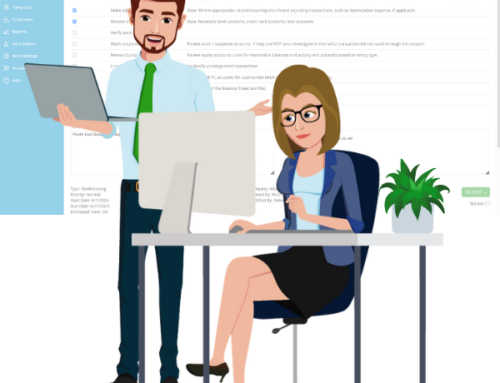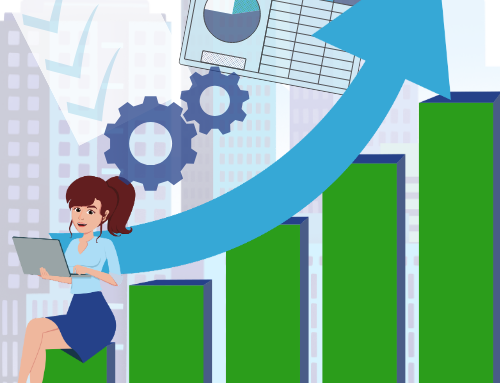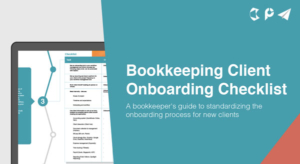Reviewing your bookkeeping engagements is an important first step in beginning a new year. We know you want to start your 2022 off right, which means it might be time to do some updating… or correcting.
Mistakes happen, whether your work changed over the course of the past year and engagement letters must be revised or time constraints resulted in small errors in your procedural documents. There is a multitude of reasons why you might need to issue corrections to your paperwork.
Conducting an engagement review can be a lengthy, complex process… But that doesn’t make it any less necessary. Basically, there are three main types of documents that need analyzing: reports, financial statements, and engagement letters. Reviewing all three at the beginning of the year AND making important changes can greatly improve the efficiency and effectiveness of your practice.
Ways to conduct reviews
There are many different types of engagement reviews you might find yourself performing. Reviews can include an examination of your procedures, your engagement planning documentation, and financial statements and reports. To make your review process easier, we recommend using checklists. If you’ve got all the steps written down AND know exactly what you’re looking for, you can breeze right through the review. And remember: even if you’re a sole practitioner, documenting your procedures is still very important.
Reviewing financial statements and reports
When it comes to financial statements and reports, consistency is key. When conducting this review, you should try to identify any and all discrepancies in the paperwork. Conclusions should all be supported and no important elements should be excluded. Examining these reports can also help you determine your firm’s goals for the coming year and conduct ratio analyses. The goal is to learn from the past and make a plan going forward.
Reviewing engagement letters
Engagement letters (and any documentation regarding your engagement with a client) should be thorough and clearly written. You probably learned a lot about your client relationships this past year… and you probably learned a lot about yourself and your work life, too. Now is the time to use this knowledge to reshape your engagement letters to more accurately reflect what you want your work to look like. You can also use this time to tighten up the language in these documents or create additional documentation if it appears that anything significant is missing.
Each year, we learn more and more about ourselves as professionals and as people. Let’s begin the new year with a fresh perspective – and shape our documents and procedures to reflect our standards and goals for the new year.











